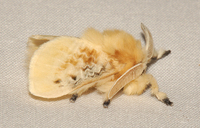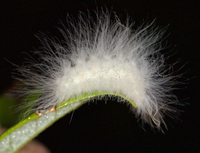
| Recorded by: Jim Petranka, Mark Basinger and Becky Elkin on 2025-08-30
Richmond Co.
Comment: | 
| Recorded by: David George, Jeff Niznik on 2025-08-29
Richmond Co.
Comment: |
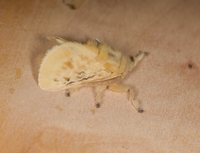
| Recorded by: Jim Petranka, Mark Basinger and Becky Elkin, David George on 2025-06-29
Richmond Co.
Comment: | 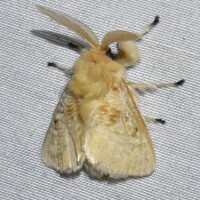
| Recorded by: Jeff Niznik, David George, Larry Chen, Sarah Toner, Joye Zhou on 2025-06-20
Richmond Co.
Comment: |

| Recorded by: A. Garton on 2025-06-05
Moore Co.
Comment: | 
| Recorded by: Mark Basinger on 2025-05-31
Brunswick Co.
Comment: |
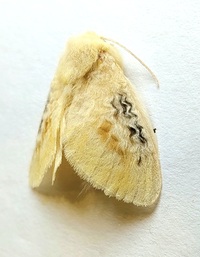
| Recorded by: Mark Basinger on 2025-05-31
Brunswick Co.
Comment: | 
| Recorded by: Mark Basinger on 2025-05-31
Brunswick Co.
Comment: |
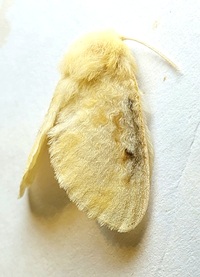
| Recorded by: Mark Basinger on 2025-05-31
Brunswick Co.
Comment: | 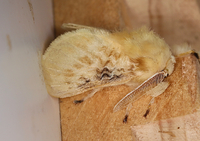
| Recorded by: Jim Petranka on 2025-05-24
Richmond Co.
Comment: |
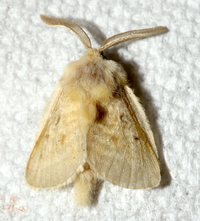
| Recorded by: David George, Jeff Niznik on 2025-05-24
Richmond Co.
Comment: | 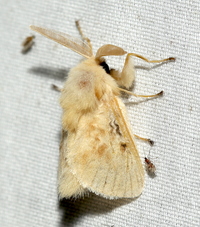
| Recorded by: David George, Jeff Niznik on 2025-05-24
Richmond Co.
Comment: |
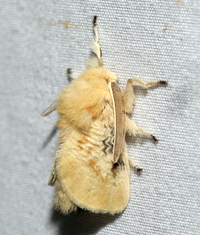
| Recorded by: David George, Jeff Niznik on 2025-05-24
Richmond Co.
Comment: | 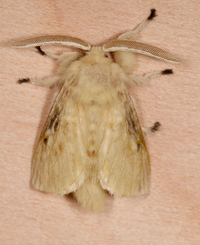
| Recorded by: Jim Petranka and Becky Elkin on 2025-05-23
Richmond Co.
Comment: |

| Recorded by: Allison Garton on 2025-05-21
Moore Co.
Comment: | 
| Recorded by: Mark Basinger on 2024-09-01
Brunswick Co.
Comment: |

| Recorded by: Mark Basinger on 2024-09-01
Brunswick Co.
Comment: | 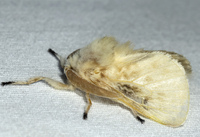
| Recorded by: John Petranka on 2024-06-07
Orange Co.
Comment: |
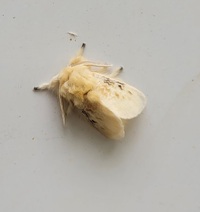
| Recorded by: Andrew W. Jones on 2024-05-06
Polk Co.
Comment: | 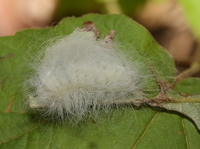
| Recorded by: David George, Rich Teper on 2023-09-25
Caswell Co.
Comment: on redbud |
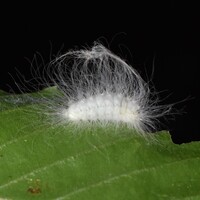
| Recorded by: David George, Stephen Dunn, Jeff Niznik on 2023-08-18
Caswell Co.
Comment: on beech | 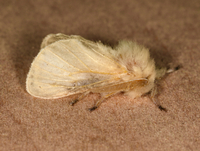
| Recorded by: Jim Petranka and Becky Elkin on 2023-07-12
Madison Co.
Comment: |
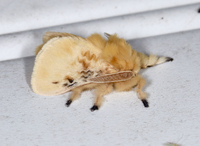
| Recorded by: Jim Petranka and Bo Sullivan on 2023-06-13
Moore Co.
Comment: | 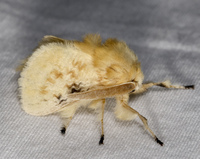
| Recorded by: John Petranka, Chuck Smith on 2023-05-12
Bladen Co.
Comment: |
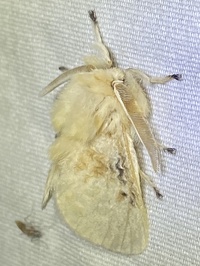
| Recorded by: David George, L. M. Carlson on 2022-06-22
Caswell Co.
Comment: | 
| Recorded by: David George, L. M. Carlson on 2022-06-20
Caswell Co.
Comment: |
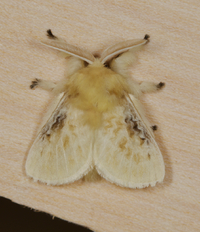
| Recorded by: Jim Petranka on 2022-05-31
Moore Co.
Comment: | 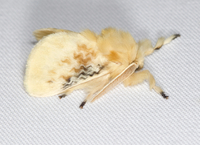
| Recorded by: Jim Petranka on 2021-07-14
Madison Co.
Comment: |
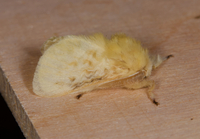
| Recorded by: Jim Petranka, Bo Sullivan and Steve Hall on 2021-06-08
Scotland Co.
Comment: | 
| Recorded by: Jim Petranka, Bo Sullivan and Steve Hall on 2021-06-07
Moore Co.
Comment: |
|

 »
»